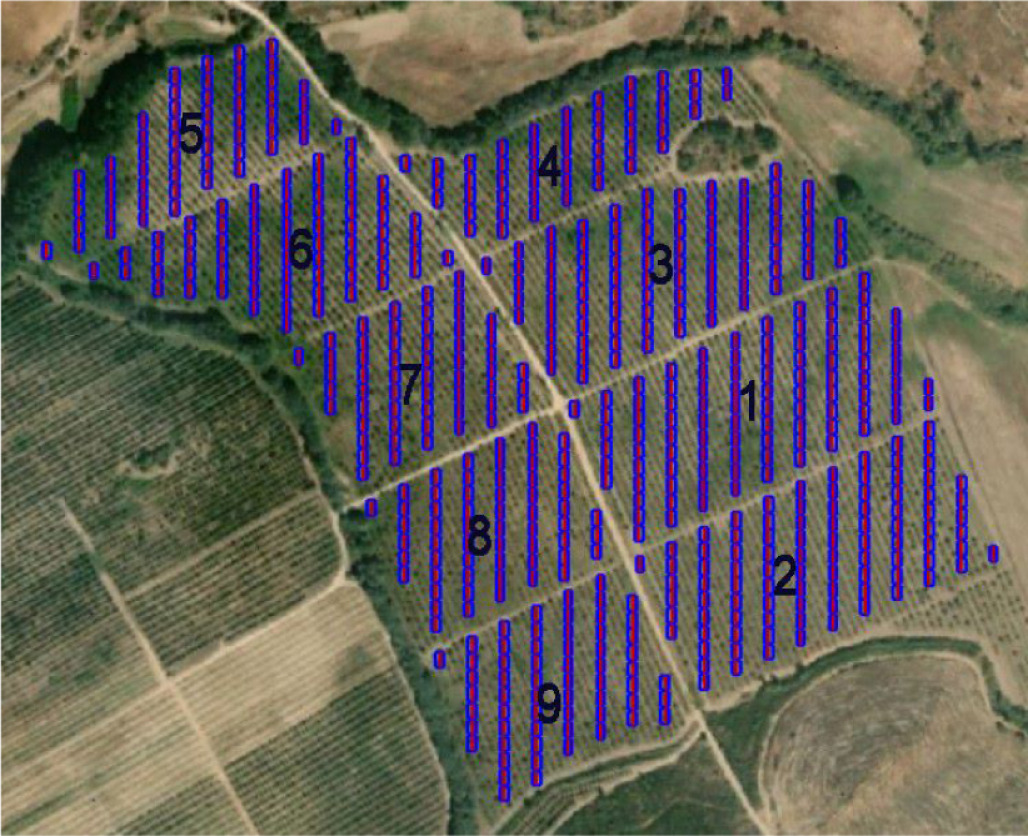Researchers from Portugal have studied the viability of agrivoltaics in the country as a way of addressing the need for both energy and food security for the world’s population. According to the group, Portugal has good climate characteristics for solar production and approximately 12% of Portugal’s national territory is designated as RAN (National Agriculture Reserve) and has the sole purpose of being used for agriculture.
“With the recent gathering of countries to discuss the future of energy, it was established in PNEC (Plano Nacional Energia e Clima) that Portugal will have around 8 GW of solar energy, around 4 times the value that it is producing today, which means that it is required a lot of investment and land availability to reach this objective,” the researchers explained, citing the potential for installing solar PV parks in RAN territory.
The group found that agrivoltaic systems can achieve a payback time of five years or less and generate more value than only PV systems or only agricultural production on the land. Additionally, in studying two types of layouts – one with elevated panels and one using spaced rows of panels – the researchers noted that the spaced solution has a slightly higher potential than the elevated one.
The team included a regular PV implementation for comparison and studied scenarios where all the energy produced by the panels was directly sold to the market using a calculated value. The analysis assumed that the farmer has a PPA and sells the energy at €0.043 ($0.046.34)/kWh. Monocrystalline silicon solar cells were chosen for the PV systems. To determine the payback period, various parameters were selected using PVsyst software, including initial investment and O&M costs and energy sales prices.
For the spaced PV project layout, a pitch distance of 20 m was used, creating a minimum of 15 m of space between the two rows of eight modules each, for a total of 16 modules. The modules had a 55% to -55% tilt angle, and trackers were used to follow the sun’s movement and optimize the power output. In the elevated PV array layout, all 16 modules were installed in a single-row series to reduce shadowing on the crops beneath them. Again, a 55% to -55% tilt angle was chosen, using trackers. However, in the Valverdinho installation, the terrain created too much shadowing, so the tilt angle was adjusted to 45% and -45%.
Popular content
The analysis required the team to select which crops would be used, one of which needed to be “shadow-friendly” due to the shading from the elevated modules. “Thus lettuce was chosen, fitting the requirements and being produced in all national territory of Portugal. The other two crops, although being a bit less shadow-affectionate, are tomatoes and potatoes,” the group noted.
The results of the research indicated that the proposed projects had a lower levelized cost of energy (LCOE) than the energy price in the Iberian market, with payback periods of around 4-5 years.
The group’s findings are available in the paper “Agri-PV in Portugal: How to combine agriculture and photovoltaic production,” published in Energy for Sustainable Development. Members of the group included researchers from the University of Lisboa and the Military Academy.
“These projects, besides the fact they increase the production of green energy and reduce the consumption of non-renewable energy sources, also decrease the amount of CO2 released to the atmosphere and in case the installation is designed to exceed the necessary auto consumption, it can serve as an energy source for nearby inhabitants with the possibility of increasing also food sources, one problem for the future,” they concluded.
This content is protected by copyright and may not be reused. If you want to cooperate with us and would like to reuse some of our content, please contact: editors@pv-magazine.com.



The 8panels I installed on my house paid for themselves in less than 3years, but there was no Labour costs as I installed them myself.